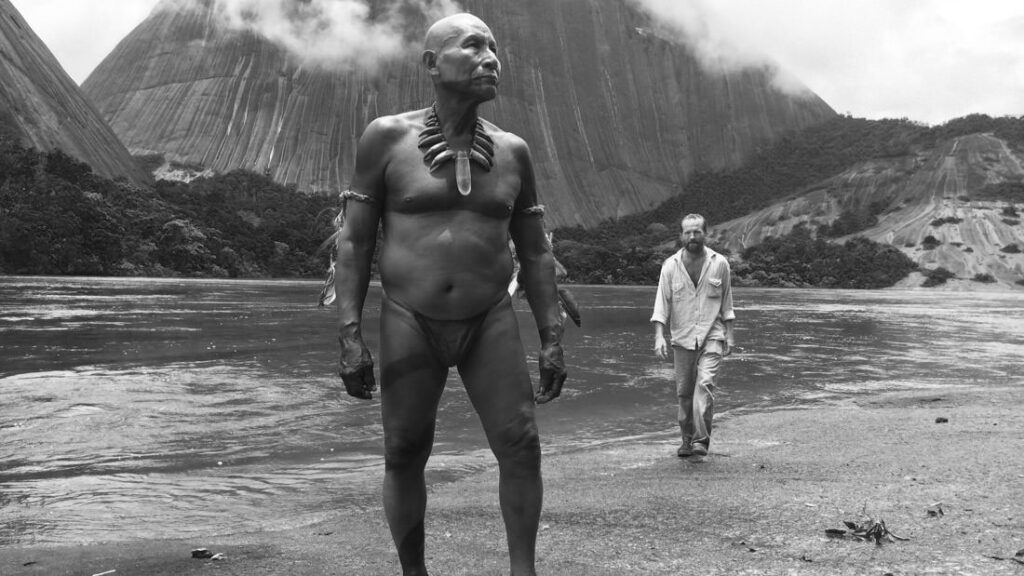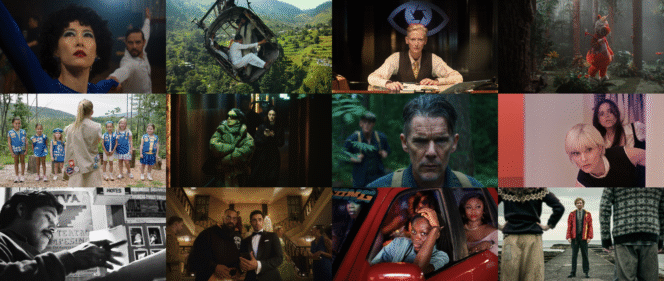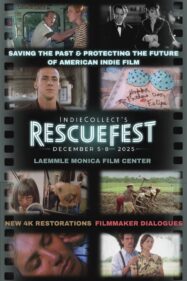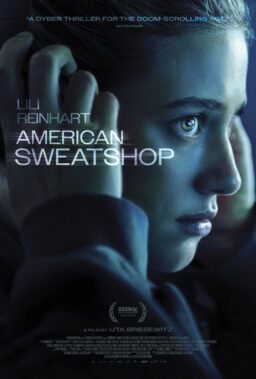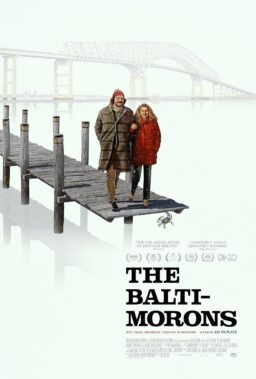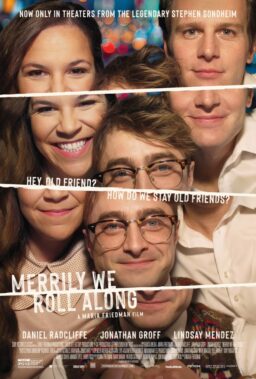The typical “Sundance
Movie” is its own genre. The film’s color may be bright but drawn, the script
is possibly centered on a young depressed person, someone will probably die
(most likely from cancer), and perhaps its perfectly curated soundtrack is a
mixtape of new indie stuff you’ve never heard of and David Bowie. Characters of
color are sidekicks or nonexistent, which until recently seemed the order of
business for those behind the camera as well.
But a majority of the
films I’ve caught at Sundance so far fulfill almost none of these requirements.
They’re not in English; they range from a tense documentary to a black-and-white
movie set in the Amazon. Their protagonists are visionaries, inspiring and
defiant. In one form or another, they are more than just what you see onscreen.
There’s no moralizing, schmaltzy, happy ending. Some are dark and reflect on
irreversible damage. All push against the expectation of the phrase “Sundance
Movie.”
Newly Oscar-nominated “Embrace of the Serpent” is a
black-and-white fever dream about the cruelty of colonialism against the
Amazon’s indigenous tribes. Shaman Karamakate (played at different ages by Nilbio
Torres & Antonio Bolivar) is asked to help white scientists searching for a
rare plant at different stages of his life, and their travels takes them past
heartless rubber barons (notably never shown onscreen), abusive priests and cannibal
cults. However, it is the heated arguments between the scientists and Karamakate
that elevate the movie. Their encounters allow for the exploration of the
effects of colonialism, stumbling onto one horrific historical chapter after
another. Karamakate is separated from his tribe, indoctrinated by Spanish
priests, but escapes to reaffirm his culture in defiance of invaders. Manduca (Yauenku
Migue), an assistant to one of the scientists, is a freed slave from rubber
barons who routinely beat and maim natives. Much of the dialogue doubles as a
testament of the latent and overt racism that robbed tribes of their culture, even
indicting the patronizing tone the scientists would sometimes use with
indigenous characters. The black-and-white photography is stunning, making the
rivers an ominous inky black color, and swapping the luscious jungle greens for
shades of grey. Its touch of surrealism adds a timeless quality, making its
message equally important for modern-day audiences.

On the lighter side of
films in competition, one of the opening night selections promised a little
extra bang for your buck. “Sky Ladder: The
Art of Cai Guo-Qiang” follows the famous Chinese artist around the world as
he lights the skies with his impressive fireworks shows and fills galleries
with retrospectives of his mixed media work. Kevin Macdonald takes a steady
approach in explaining the prolific artist, pacing quick montages of
Guo-Qiang’s displays with occasional moments to lean back in awe of the
spectacle. Guo-Qiang is only happy to answer questions about his troubled past
growing up in the Cultural Revolution, his parents’ unhappy marriage, and the
project he has unsuccessfully tried to stage over the past 20 years, a fireworks
display he affectionately calls “Sky Ladder.” According to his vision, the
chain of red flares half a kilometer (or roughly 1,640 feet) into the sky is
meant to symbolize a dialogue between the heavens and the earth, but that
becomes secondary to the emotional struggle to complete the project after
weather, permits, and terrorism threats foil him time and time again. We want
more than a show, we want Cai Guo-Qiang to succeed in his artistic endeavors.

Likewise, the
rabble-rousing world documentary “Hooligan
Sparrow,” encourages its viewers to cheer for its star. The story of Ye
Haiyan, a.k.a. Hooligan Sparrow, captures her unconventional and poignant
activism through a tense story that explodes after she (and other women from
her collective) protest against leniency for a pedophile principal. Shot
underneath the Chinese government’s nose, filmmaker Nanfu Wang balances
becoming a part of the story and the untold dangers of activist life in China. As
a first-time director, she ensures that “Hooligan Sparrow” contains as much
damning evidence as she can feasibly record before her safety is compromised. Shortly
after the protests, men surrounded Sparrow’s apartment and threatened her, but
when police arrived, they arrested her for allegedly assaulting one of the men.
Her friend and fellow activist Ai Weiwei recreated the moment when Sparrow and
her young daughter were evicted from their apartment for his retrospective at
the Brooklyn Museum. Wang is constantly harassed for filming in public. From
enthusiastically documenting the peaceful roadside protests to escaping police
surveillance, the movie’s fighting spirit is a standout.

Not to be confused
with the Shakespearean play, the Chilean drama “Much Ado About Nothing” is an uncomfortable watch in an
unconventional way. Vicente and his friends go out to party like they normally
do, but on their return home, they strike and kill a stranger. What happens
next is the true unspeakable horror as these spoiled brats are unremorseful for
their actions. The slow film deliberately peels back layers of privilege that
allows for most of Vicente’s guilty friends to get out of court scot-free,
while he could go to jail for the crime. If there hasn’t been a movie that
discussed “affluenza” yet, consider tracking down this new movie with a familiar
title.
The typical Sundance
movie is perhaps playing in the next theater over, but these vastly different gems
are more than happy to redefine what it means to be a film at this festival.

